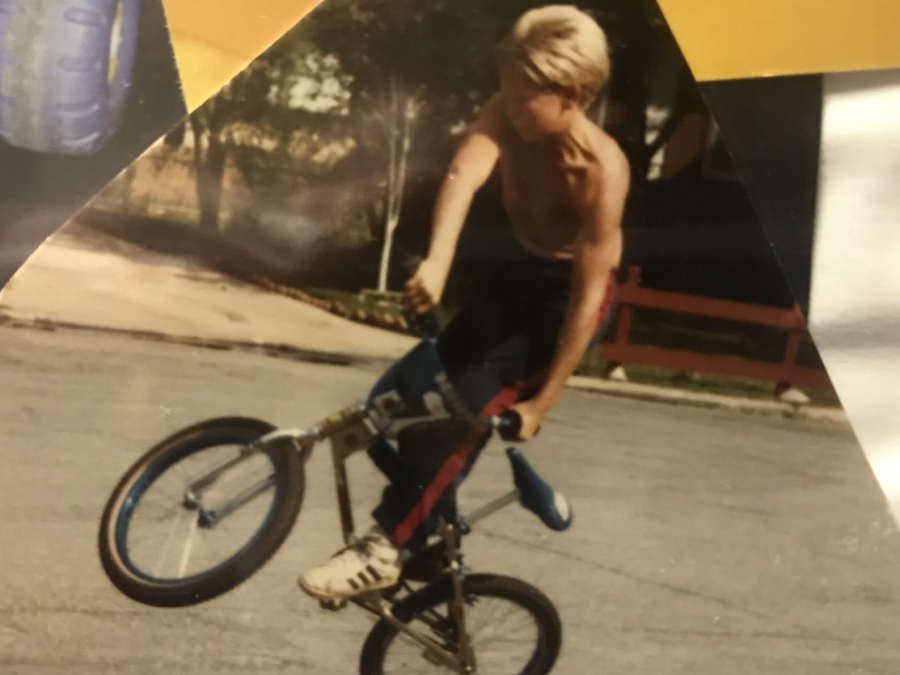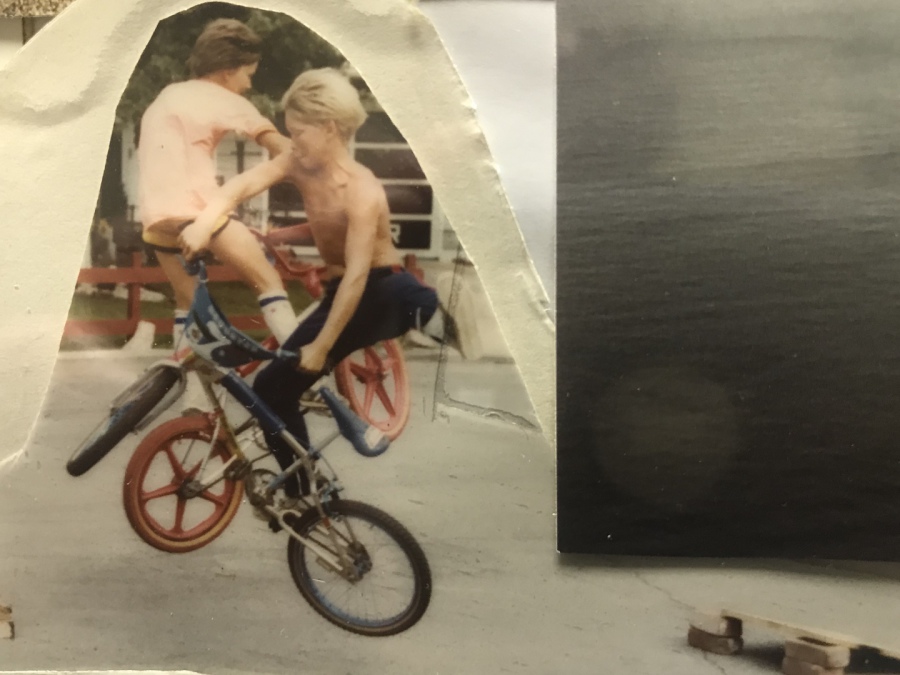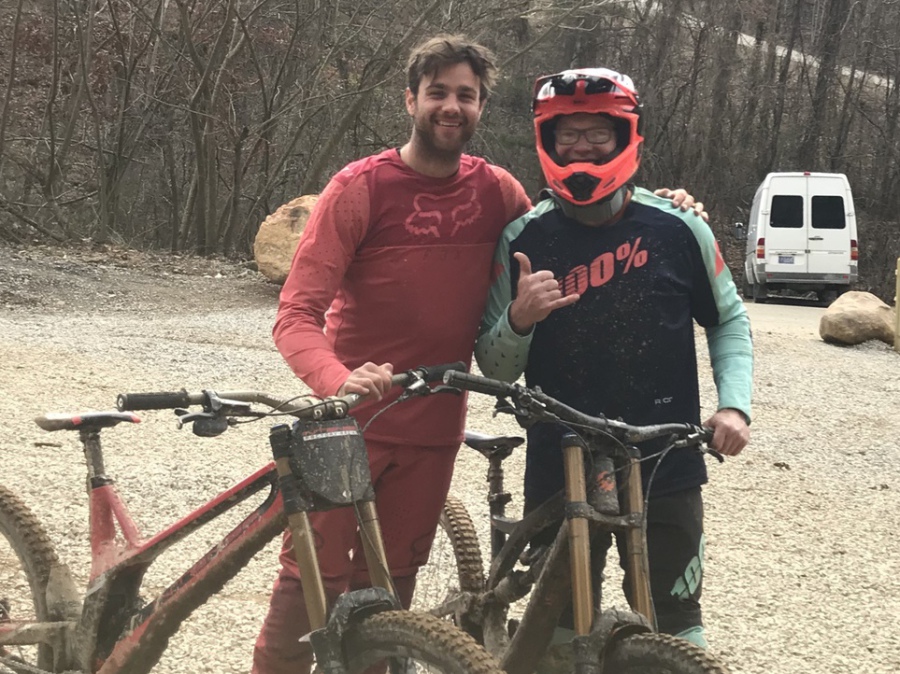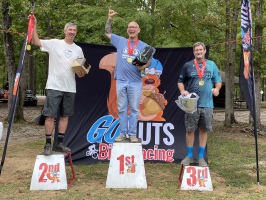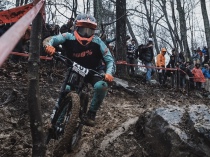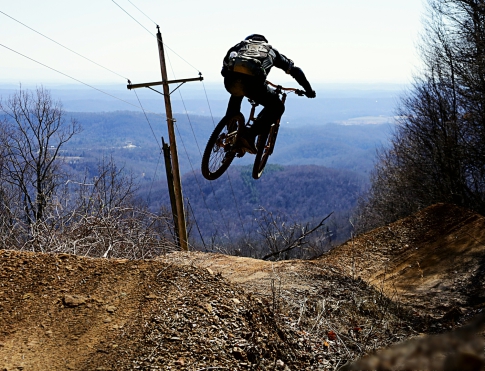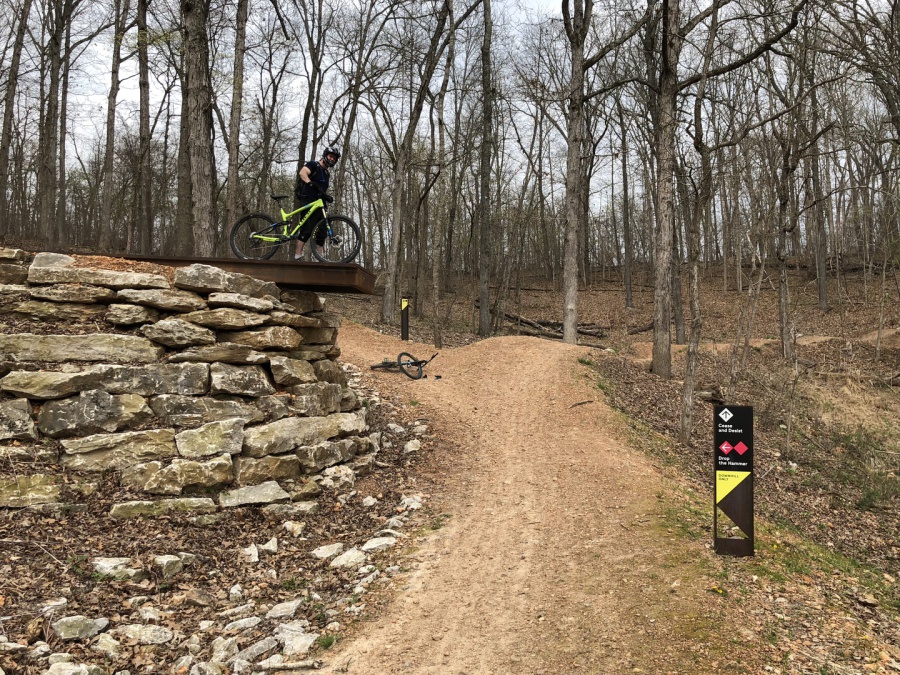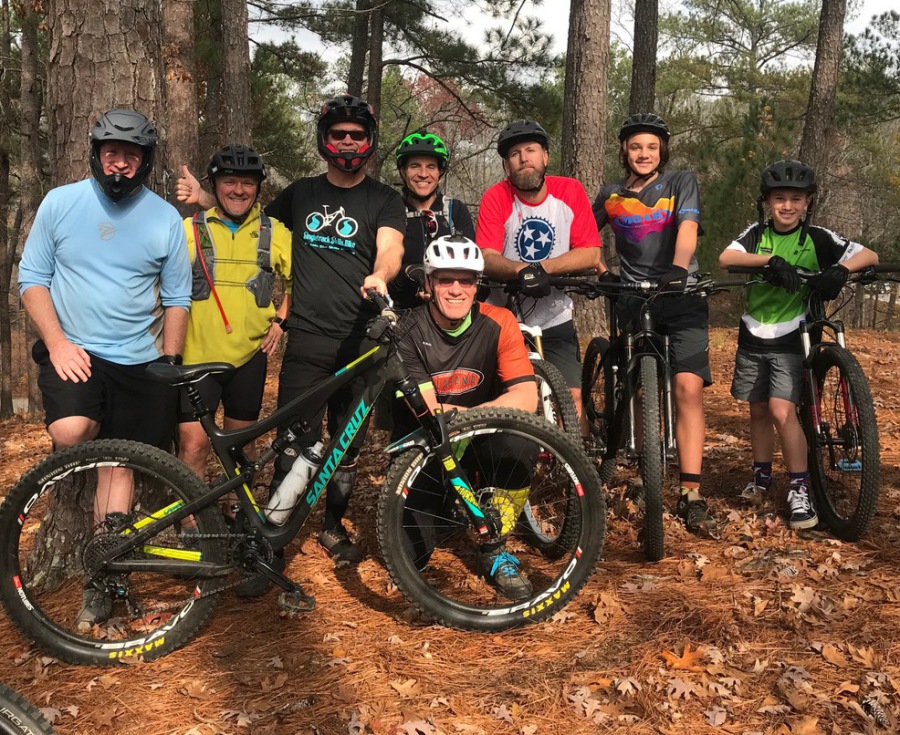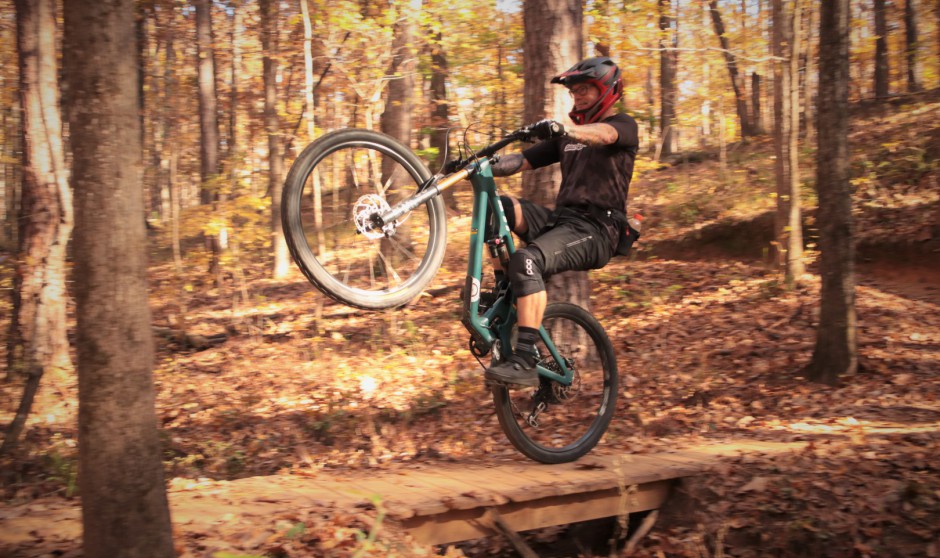

Lon Cullen, Owner/Lead Instructor
- Wilderness First Aid
- (2014) Invested in a day of private lessons from an instructor from Colorado. Emphasis was on technical climbing and descending, and on body positioning on all-mountain trails near Birmingham, Alabama. I invested in another private lesson with this same instructor when I visited him in Colorado in 2018.
- (2015) Earned certification as a Professional Mountain Bike Instructor (IMBA Level 2 equivalent). Required 3 days of training on cross country trails in Whistler, British Columbia.
- (2016) Invested in 4 days of private lessons on how to teach and ride better. Emphasis was on jumps, drops, cornering, steep rock rolls, and other advanced maneuvers on intermediate and expert level downhill trails at Whistler Bike Park.
- (2017) Invested in 4 days of learning how to teach and ride better. Emphasis was on cornering, bunny hops, manuals, wheelies, stoppies, and other advanced maneuvers on cross country trails near Brevard, North Carolina.
- (2017) Earned Ninja Mountain Bike Performance Instructor's Certification. Emphasis was on high speed cornering, pre-turns, jumps, drops, steep transitions, and other maneuvers on cross country trails near Ellijay, Georgia.
- (2017) Invested in 3 days of how to teach and ride better. Emphasis was on advanced jumps, advanced drops, and cornering on enduro trails near Boone, North Carolina.
- (2018-9) Multiple private lessons with Neko Mulally (2018 and 2019 American National Downhill Champion). Neko also placed fourth even after breaking his chain out of the gate at the 2014 World Championship. Lessons were on advanced drops, carrying speed, bermed cornering, and selective braking on some of the steepest descents in the east. For more info on these lessons I invested in, go here.
- (2019) Multiple lessons with Cory Rimmer of Gravity Academy. Cory was on the podium with two time Enduro World Series Champion, Richie Rude. I also had a private lesson on basic jumping with Logan Mulally. Logan back flips and 360s his downhill bike.
- (2020) Barry Nobles is an X Games and Crankworx professional athlete; he is one of only a few riders ever to have successfully landed a double back flip. Private lesson was on basic jumping.
- (2020) Andrew Taylor is a retired Red Bull Rampage and Crankworx competitor. He helped me on jumping.
- (2020) Jeff Kendall-weed helped me with the skills of pressure control and terrain awareness on some of his favorite trails. Video of some of our work together.
- Each year I continue to learn and share what I've learned with my clients.
Lon's Story:
Lon has been riding two wheels in the woods now for over 50 years--from BMX, to moto hare scrambles to mountain bikes. However, in 2011, despite all of his experience, he slightly broke his neck. This made him realize the need for improving control in his riding. He has since then invested in developing techniques to ride more safely without sacrificing any of the joy of the sport. He believes that good riding should be accomplished with technique and skill--not just luck and false confidence.
Having an earned doctorate, Lon has served as an instructor in both athletics and academics. He has applied his teaching skills to a sport that he is passionate about…mountain biking. He has been riding the classic mountain bike trails from the old growth forests in Oregon, to the deserts of Nevada and Arizona, to the ski lift trails in California, Utah, Colorado, and West Virginia, to the Adirondacks Mountains in New York, to the mountainous coffee plantations in Costa Rica, to Whistler and Squamish of British Columbia, to Brazil, to the Dominican Republic, and to the hundreds, no, thousands of miles between. Lon has studied with numerous instructors over the years and has applied their combined wisdom to his own riding and teaching. He is eager to share what he has had to learn the hard way.
Techniques are the same for cross country, trail, enduro, and downhill, but some are more difficult on a downhill bike, while others are more difficult on a cross country bike. At age 51, I was on an enduro bike for this rock roll, but a younger, more gifted rider may be able to ride it successfully on a cross country bike. However, if he or she could, then their body postion, braking, and terrain awareness would need to be almost identical to mine.
Having been on two wheels most of my life, I've learned a ton; but no matter how much we already know, we can always learn more and get better. That is why I strive to continue to take lessons in order to continue my riding and teaching progression.
"Drop the Hammer," in Bentonville: a road gap requiring a 17' trajectory from take-off to transition. Not making the transition would likely mean broken bones. I know that hardly any of my clients are interested in checking this feature off their list, and I will never hit it again; but just about all my clients want to learn how to execute smaller drops and step-downs safely.
"Drop the Hammer" pictured from the other side with one of my clients checking it out. We worked on basic jumping on the blue jump trail that day, and had an absolute blast.
The techniques I've learned in bike school apply both to cross country and downhill trails.


